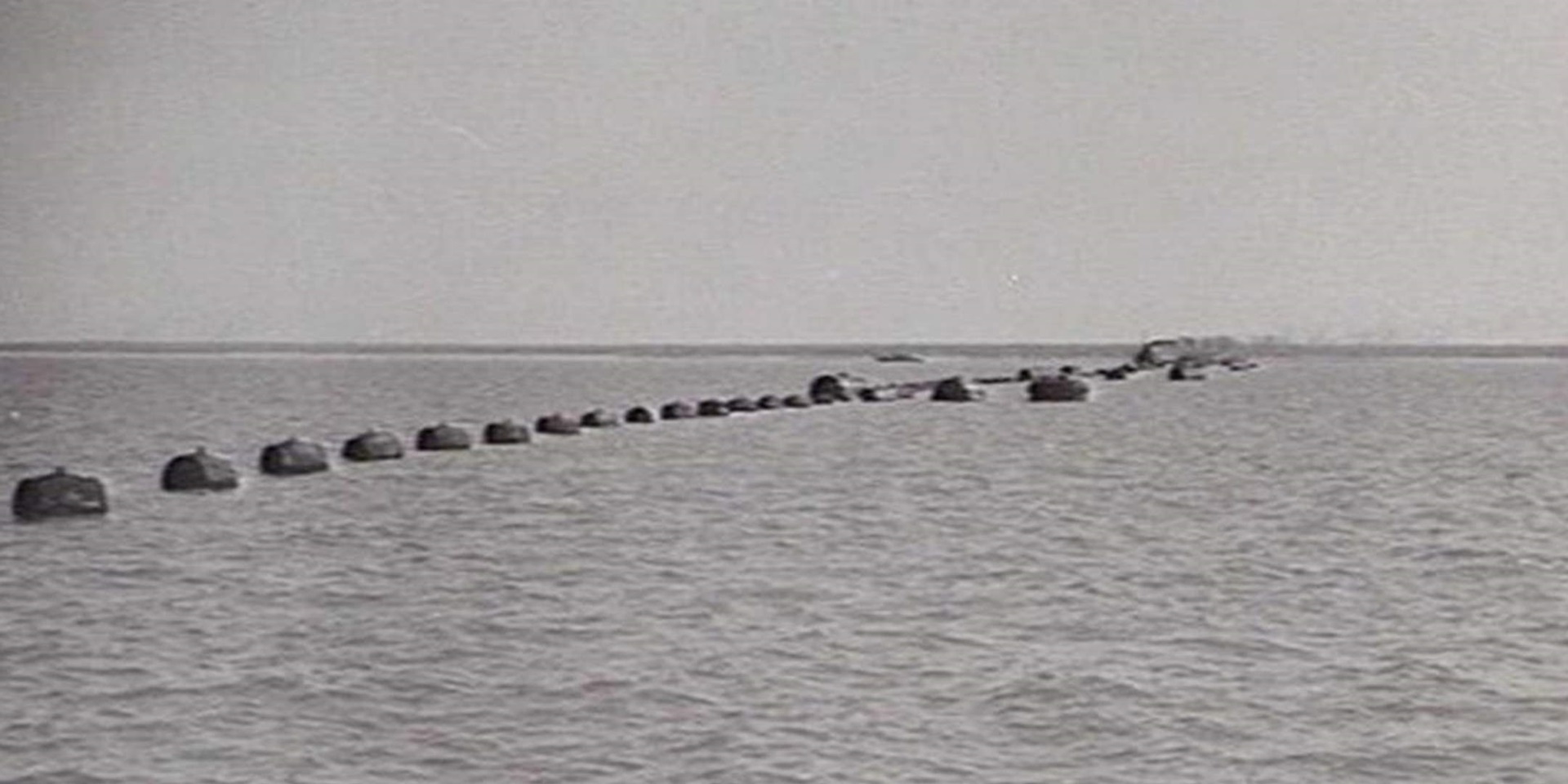

– National Trust of Australia (Queensland) James Cook Museum
MMAPSS grants 2018-2019
The museum is very pleased to announce the 2018-2019 awards made of grants and internships through the Maritime Museums of Australia Project Support Scheme (MMAPSS), supporting not-for-profit organisations to care for Australia’s maritime heritage. MMAPSS has been offering support since 1995, awarding more than $1.7 million to support over 400 projects. Over 55 internships have been awarded since they were introduced to the scheme in 2000.
Australia’s maritime heritage is located all over the country and so the MMAPSS grants provide support to the regional and often remote organisations that are looking after and telling the stories of this heritage. The types of projects that MMAPSS focuses on are in the areas of collection management, conservation, presentation, education and museological training.
$125,000 in funding available was available for the scheme in 2018-2019, with a maximum allocation of $15,000 to any single grant. With 43 project applications requesting over $400,000 in funding and five internship applications, the Selection Committee had the difficult task of deciding between many worthwhile proposals. Ultimately, grants were awarded to 16 organisations, in-kind support was offered to three organisations and the maximum amount of $15,000 was awarded to one organisation. Internships were also offered to four applicants. You can see the full list of 2018-19 awards on our website.
The museum congratulates the successful applicants and organisations, and wishes them all the very best in seeing their projects through.
Presentation and interpretation
Strategy documentation
Congratulations to the National Trust of Australia (Queensland) James Cook Museum awarded $14,500 for their project ‘Riverside to Rainforest: Connecting Cooktown’s Maritime Heritage and Scientific Discovery‘. This project will develop a Maritime Heritage Interpretation Strategy for Cooktown, Queensland. It will undertake research on sites of local and national significance in Cooktown with a view to develop interpretation concepts and strategies for places and landscapes linked with maritime and scientific activities, between local Bama people’s and first Europeans to visit the region on HBM Endeavour in 1770.
This grant will enable the engagement of a Heritage Architect to identify and document public spaces, sight lines and access routes that will be developed to establish strong links and routes between the maritime environment on the banks of Endeavour River and the living collections of the Cooktown Botanical Gardens.
Recording oral histories
Congratulations also to the Lake Boga Flying Boat Museum who were awarded $9,900 to record the oral histories of veterans who served at the Lake Boga Catalina Base during World War II. A range of different presentations and interactive displays will be created as a result of this project. This will ensure that the history of this unique facility and the role that it played are recorded for future generations. The recording of the stories of these veterans is vital for the capturing of this locally and nationally significant part of history.
Conservation
We also congratulate the Darwin Military Museum as they undertake a project to repaint a boom winch, which is one of few surviving artefacts related a boom net built across Darwin Harbour to protect against submarines in the early stages of WWII.
Stretching for six kilometres, this was the longest anti-submarine boom net in the world. Several hundred Royal Australian Navy personnel were employed in maintaining the boom which required continuous attention due to the massive tides which occur in Darwin. A small fleet of specialist naval vessels were employed, including two ‘gate’ vessels which opened a section of the boom for friendly ships to come and go through the harbour. A number of these vessels came under attack during the huge raid on Darwin on 19 February 1942.
Continued preservation of the winch is vital in being able to relate the history of this passive defence mechanism (which was also used at other Australian ports but none of the others approached the length and challenges of the Darwin installation).

The anti-submarine boom net used to protect Darwin Harbour during World War II. It was the longest such net used during the war. Image: Australian War Memorial.
Internships
Four internships have been awarded: Two are from NSW, one from Tasmania and one from Victoria. All the recipients will be visiting the Museum in the coming year. The internships are a rare opportunity to spend time at another museum to get exposure to how they operate. Not only will the interns get a window into the broad variety of functions of a large museum, such as curatorial, conservation, registration, interpretation and design but they will also get a chance to spend time with an area of the museum that they are training and advice in. The great thing about coming to this museum is that, being a larger organisation, we have all of the above functions but also departments such as Digital and Web, Retail, Front of House, Venues and Events.
Representing the beautiful Port of Echuca in Victoria is Lauren Dolan, Retail and Functions Officer at the Port of Echuca Discovery Centre. Lauren will spend up to eight days at the Museum to gain a broader insight into areas such as retail spaces within museums, retail ordering, creating an online store, kids activities and function and event coordination.
Find out more
If you are interested in applying to MMAPSS or if you would like to find out if your organisation is eligible to apply visit the MMAPSS page on our website or call the MMAPSS Coordinator on 02 9298 3743.
– MMAPSS Coordinator.
The Maritime Museums of Australia Project Support Scheme is funded by the Australian Government through the Australian National Maritime Museum and the Department of Communications and the Arts.





